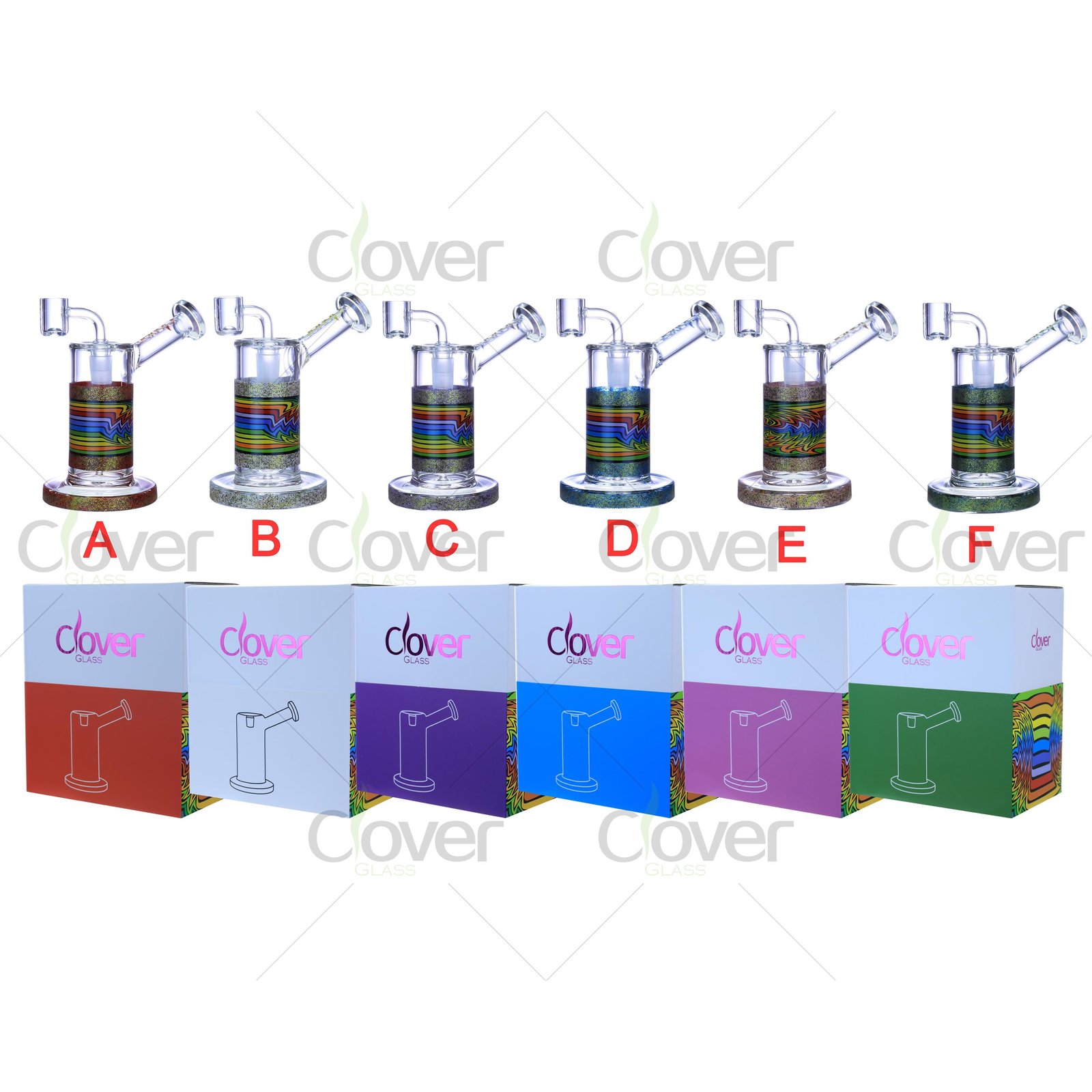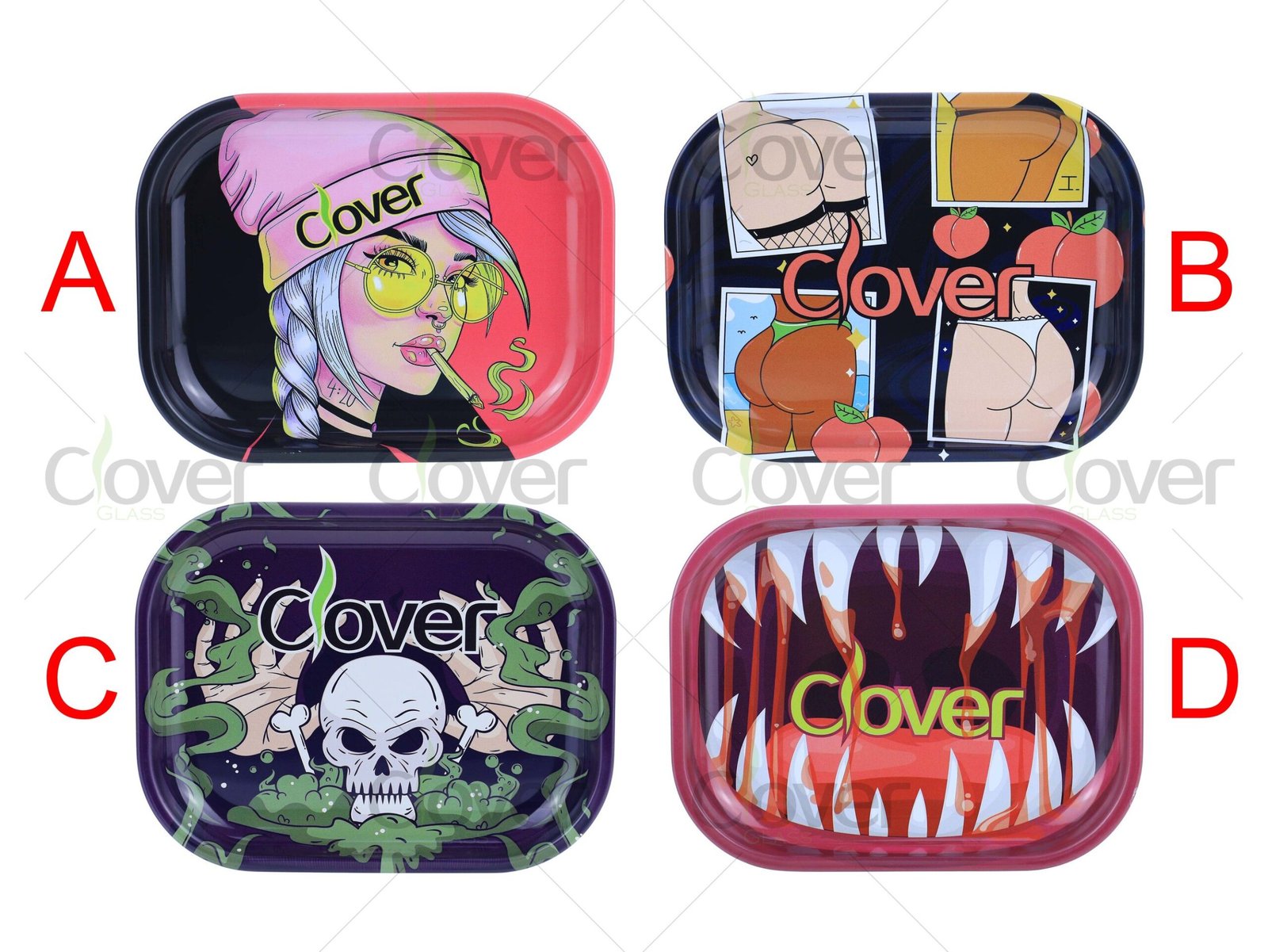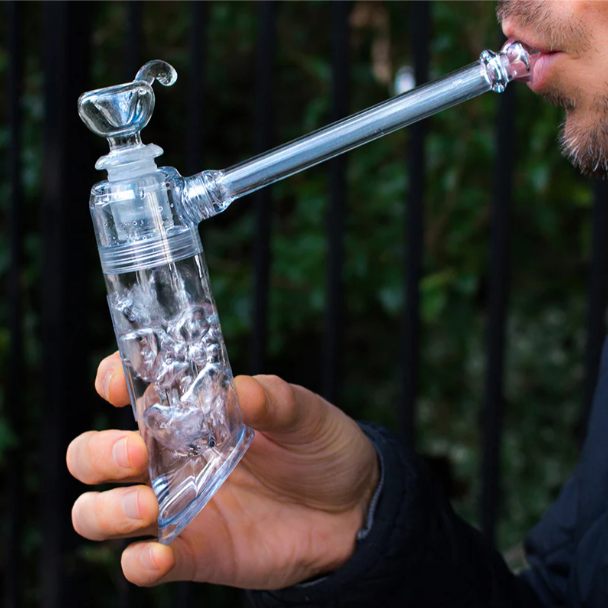Lighting up a blunt looks easy—until the wrap splits, the smoke burns harsh, or you realize you’ve broken a local rule. I’m here to smooth out that learning curve and keep both your throat and your reputation intact.
A blunt is a cigar‐style cannabis roll wrapped in tobacco leaf or hemp paper. To smoke it well, choose a fresh wrap, grind flower evenly, roll firmly but not too tight, light the foot evenly, and inh
e slowly. Following these five steps prevents canoeing, wasted bud, and throat burn—perfect for beginners who want a smooth, flavorful session.
Curious? Let’s break the process down, one friendly step at a time.
What is a blunt, exactly?
A blunt combines ground cannabis with a wrap made of tobacco leaf (traditional) or non-tobacco hemp. Because the wrap is thicker than rolling paper, it burns slower and delivers a richer flavor.
A blunt is thicker than a joint, burns longer, and—if wrapped in tobacco—adds nicotine to the mix. That extra leaf means deeper hits and a slower session, which is why many beginners gravitate toward blunts when sharing with friends.
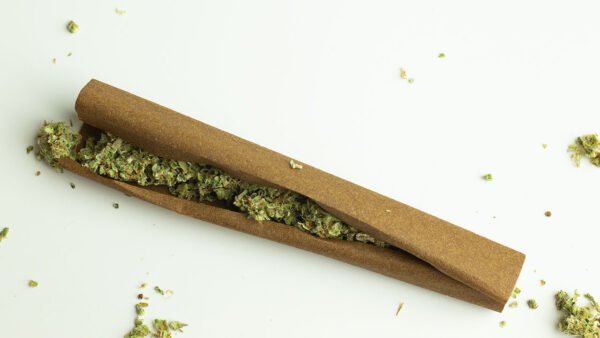
The anatomy of a blunt
A blunt has three parts: the wrap, the cannabis, and the tip (optional). Wraps come in flavors, sizes, and materials. Tobacco wraps infuse nicotine, while hemp keeps things nicotine-free. Either way, grinding flower to a medium texture ensures even airflow.
| Component | Purpose |
|---|---|
| Wrap | Holds cannabis, controls burn speed |
| Cannabis | Provides cannabinoids and terpenes |
| Tip/Filter (optional) | Keeps fingers cool, improves structure |
Nicotine content can affect heart rate and dependence, according to the Centers for Disease Control and Prevention. If that’s a concern, reach for a hemp wrap instead.
Why does blunt choice matter?
The wrap you pick changes flavor, burn time, nicotine exposure, even legal status in some states.
Choosing a wrap that matches your needs—size, material, legality—controls how smooth, tasty, and compliant your session will be. Fresh, uncracked wraps roll tighter, burn steadier, and waste less flower.

Factors to weigh before you buy
- Material: Tobacco vs. hemp vs. botanical fiber
- Freshness: A pliable wrap seals better
- Size: “Mini” for solo; “King” for groups
- Flavoring: Fruit, menthol, or natural
State rules on flavored tobacco vary, so check the U.S. FDA Tobacco Regulations before stocking up. Medical users can explore hemp wraps recommended by researchers at Harvard Health for a nicotine-free path.
How do I roll a blunt step by step?
Rolling looks intimidating, but it’s really a five-minute craft project—no art degree required.
Grind evenly, moisten the wrap, fill, tuck, roll, and seal. These six actions create a cylinder that burns from foot to mouth at a steady pace, giving you thick, flavorful pulls without canoeing.
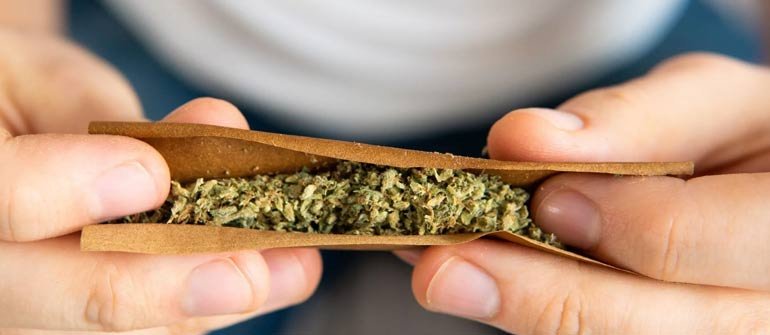
Step-by-step rolling guide
- Grind – Use a clean grinder; medium texture prevents clogs.
- Prep wrap – Gently split a cigarillo or unwrap a hemp leaf. Slight moisture stops cracking.
- Fill & shape – Evenly distribute flower, leaving a little space at each end.
- Tuck & roll – Tuck the back edge over the bud, roll forward with thumbs.
- Seal – Lick or use a damp sponge to seal the edge. Hemp wraps may need a quick warm press to bond.
- Bake (optional) – Run a lighter quickly along the seam to dry it.
Pro tip: If rolling feels fiddly, try a cone loader tool—it funnels ground flower neatly and keeps fingers resin-free.
Key Rolling Supplies
| Item | Why it matters |
|---|---|
| Grinder | Consistent burn |
| Packer tool | Firms the fill without crushing |
| Sharp blade | Cleanly splits cigarillos |
| Hemp glue | Plant-based alternative to saliva |
For visual learners, the University of Colorado’s Cannabis Research Initiative provides diagrams showing the tuck-and-roll motion in detail.
What mistakes should beginners avoid?
Everyone torches a blunt unevenly at least once. You can skip most rookie errors with a few pointers.
Common mistakes: over-packing, under-grinding, using stale wraps, lighting one side only, or inhaling too hard. Each misstep leads to canoeing, harsh smoke, or wasted bud.

Trouble-shooting the top slip-ups
Over-stuffing
An over-packed blunt restricts airflow. Aim for a firm yet springy feel—think of squeezing a ripe peach.
Uneven grind
Large chunks create hot spots. A medium grind (about rock-salt size) prevents this. The National Institute on Drug Abuse notes that uniform particle size also lowers combustion temperature, preserving terpenes.
Stale wraps
Old wraps crack; store them in a zip-seal bag with a humidity pack. Check the date on cigarillos—many brands stamp freshness codes.
Single-point ignition
Light the entire foot in a circular motion. Cornell’s Agricultural Engineering Extension shows thermal imaging confirming even ignition cuts waste by up to 15 %.
How can I make each blunt session smoother?
Tiny tweaks—like adding a filter tip, choosing milder strains, or sipping water—help newbies enjoy the ride without coughing fits.
Use a filter, pace your inhales, keep hydration handy, and know your THC tolerance. These habits protect your lungs and your vibe.

Smoother-session checklist
| Tip | Benefit |
|---|---|
| Add a charcoal filter | Cools and cleans smoke |
| Use hemp wick to light | Reduces butane taste |
| Sip water between puffs | Cuts cotton-mouth |
| Choose 10–15 % THC flower | Gentle onboarding |
| Follow local possession limits | Avoids legal headaches |
For dosage guidance, see the University of Washington’s Alcohol & Drug Education page which explains how THC potency influences the psychoactive effect.
Conclusion
Mastering the blunt comes down to fresh wraps, even rolls, patient lighting, and mindful inhales. Nail those basics, and every puff feels like a small victory.


